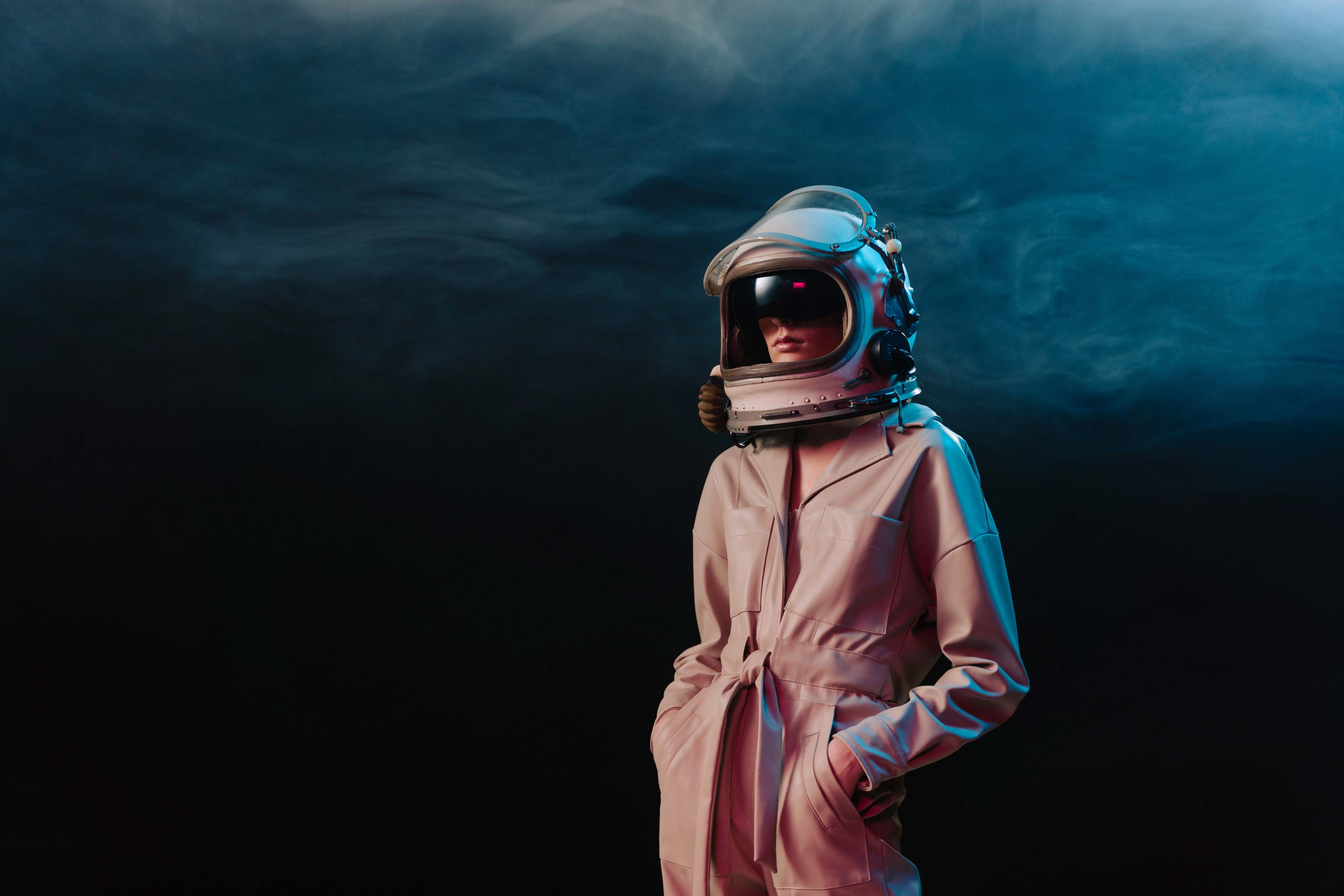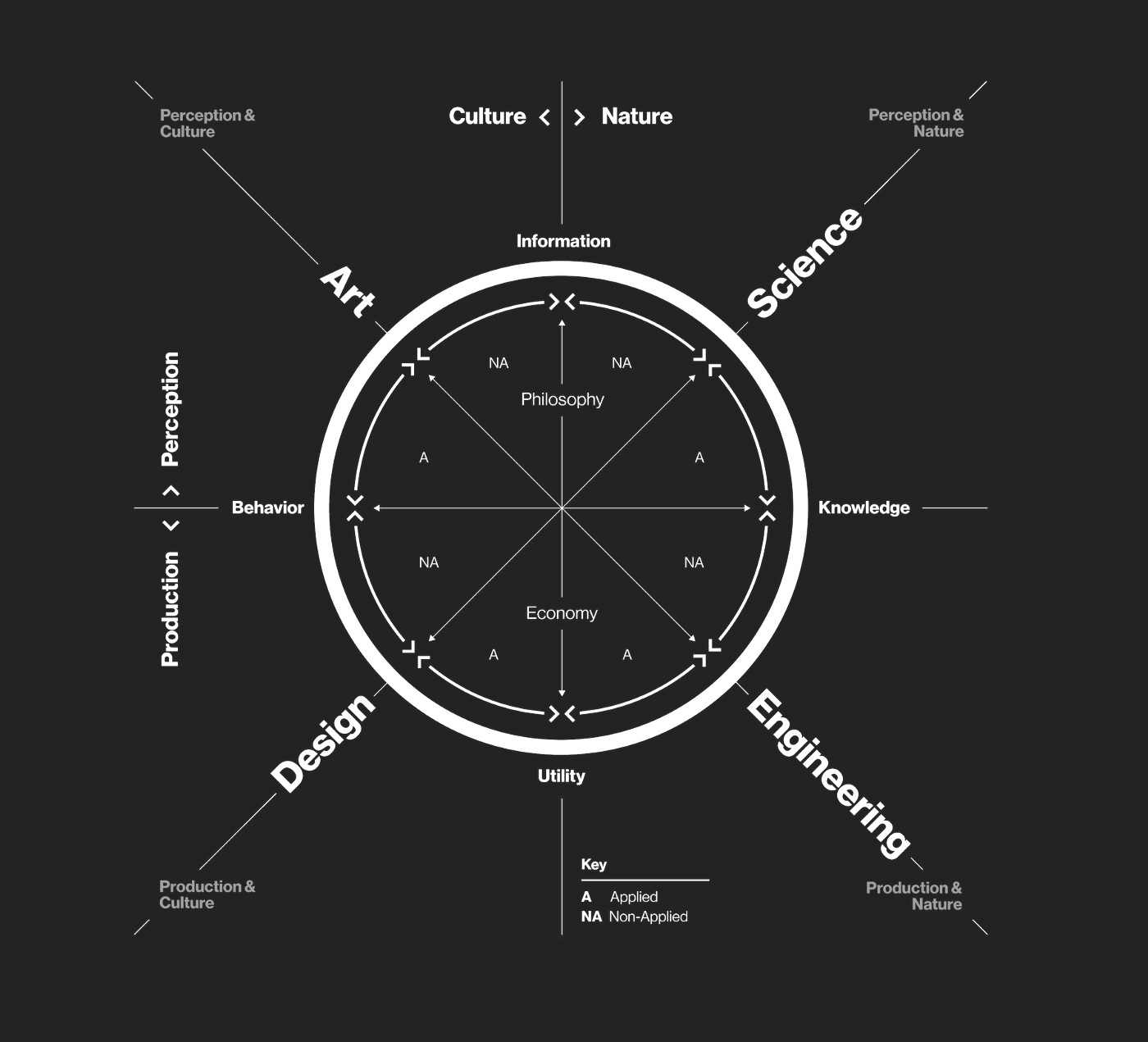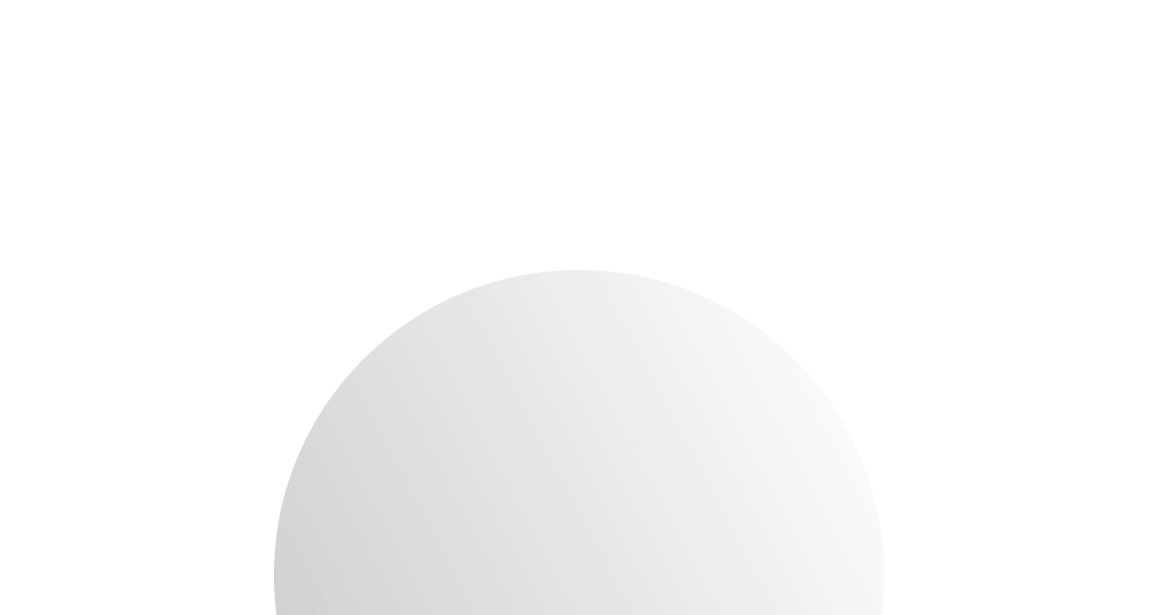

Deep tech is the seed that starts innovative change. Deep tech tries to solve big hairy problems in novel ways. This could be by helping farmers increase their crop yield using novel algae-based fertilisers or administering drugs in a safe and pain-free way through microneedles on a skin patch. Quantum computing, robotics, artificial intelligence, and pharmaceuticals are also often categorised as deep tech.

Yet while deep tech innovation is fundamental to our society’s progress there is by no means a guarantee to success. Deep tech is characterised by long time scales and is often based on technologies that have at times only proven themselves in laboratory conditions.
For their ventures to succeed, deep tech entrepreneurs must successfully navigate the journey from the lab to market. The framework often used to classify technologies in this category is the Technology Readiness Level framework which was developed by NASA. It classifies technologies on a scale from 1-9 with 1 being mostly theoretical and 9 meaning it has been used in the real world. This works well in a closed ecosystem such as NASA’s where they often know how they will deploy a technology once it has reached maturity, but for products going into the open market, the exact product-market fit is often addressed later in the game.

Going from lab to market means a technology venture must pass the proverbial Valley of Death. This term primarily describes a shift in funding priorities that happens as technologies go from early-stage to mature on the TRL scale. Early on, innovative research is funded by public organisations such as universities and governments in the form of grants. Once the technology is proven and developed the private sector, such as venture capital, will usually fund its commercialization. The initial stages require a heavy focus on R&D while the latter stage then focuses on the business and operations side.
Yet there is usually a period between the initial R&D phase and the commercialization phase where neither public nor private bodies are interested in funding it. The technology already has too much traction for research grants to consider it, yet at the same time still carries too much risk for venture capitalists. The technology is in the valley of death, at risk of never completing the journey to a commercial product.
This is exactly where the venture design mindset can really add value to deep tech companies. The current startup playbook has become exceptionally good at honing in on and delivering on market needs. Taking an idea and probing, testing, and bending it into a shape that creates value for both buyers and sellers.

To build a solid business foundation successful startup entrepreneurs use several tools that help them find product-market fit. As shown by numerous practitioners, such as Jake Knapp, Alex Osterwald and Eric Ries, a product does not have to be completely finished before you can start testing it in the market.
By applying venture design practices early deep tech companies can kickstart their product-market fit learning process and build their ecosystem and market ahead of time. This means visualising potential future applications and subsequently testing commercial and market feasibility through tangible real-world prototypes and product MVPs.
Gaining early traction in the market can significantly improve a deep tech business's chance of crossing the Valley of Death by signalling to investors that there is commercial appetite for the products that can be created with this new technology.
Some of the practical tools and frameworks that deep tech companies can adopt are a learning focussed prototyping practice, speculative design, community building, and applying systems thinking to the products they envisage deploying.
Due to the long time horizons that face many deep tech ventures, applying speculative design can be a useful tool to help entrepreneurs immerse themselves in the world they are building for which may be a decade into the future. In the case of algae fertiliser, a speculative design exercise can explore which realities farmers 10 years into the future might have to deal with based on trends in policy, consumer preferences and shifting climates. These explorations help entrepreneurs and scientists get a better understanding of what context they are developing for, ultimately increasing the chance of market success in the future. Depending on whether farmers are growing rice, kale, or bananas, and in which climate they operate, they might need a different combination of algae in their personalised fertiliser mix. A high-fidelity prototype of the interface farmers would use to customise their specific requirements and place the order for their farms can help bring out valuable insights into what is on the minds of commercial farmers that help inform the product strategy.
Through the prototyping and learning process, many startups also meet their first customers who later prove out to be their much-needed champions and advocates. Moving this phase earlier into the product life cycle helps de-risk the work as it can quickly quantify the market appetite for the type of product that is being created, and add positive data points for private investors to use to validate their investment hypothesis.

The MIT Media Lab is one of the organisations that takes this idea to heart. They combine both academic research and commercial mindsets in their very operating model. A typical university research lab might be funded by endowments or grants, yet the media lab is funded primarily through corporate sponsors that pay to have access to the innovations that come out of the lab. The collaboration is not a one-way street, while corporations benefit from being exposed to cutting edge research, the scientists and engineers at the Media Lab benefit from having access to real-world insights and applications for their technologies by the corporations.

"The role of Science is to explain and predict the world around us; it ‘converts’ information into knowledge. The role of Engineering is to apply scientific knowledge to the development of solutions for empirical problems; it ‘converts’ knowledge into utility. The role of Design is to produce embodiments of solutions that maximize function and augment human experience; it ‘converts’ utility into behavior. The role of Art is to question human behavior and create awareness of the world around us; it ‘converts’ behavior into new perceptions of information." – Neri Oxman, Journal of Design and Science, 2016
MIT’s original motto was “demo or die”, their twist on the idiom prevalent in academia: “publish or perish”. This has recently been updated to “deploy or die” for the realities of building something in the modern world. Especially in the case of software building a real-world prototype has never been easier. Many of the core building blocks are out there already, waiting to be used in tandem with a novel idea. Cloud services have never been easier to provision, microcontrollers have never been cheaper, servos, cameras and ai-optimised tensor processing units, and a host of other components are available off the shelf. There’s no reason not to deploy your product into the real world as early as possible.
Founded in 2013 the E14 Fund focuses exclusively on startups that come out of the MIT ecosystem. Following a “smart money” approach E14 often start their relationship with would-be entrepreneurs and founders long before they invest. Taking on more of a mentorship and connector approach E14 helps guide Media Lab startups to be “investment ready” before investing.

DLX Design Lab is an organisation tied to the Institute of Industrial Science of the University of Tokyo. DLX’s methodology is called Treasure Hunting and encompasses the process of enabling designer-scientist collaborations. Harnessing the research coming out of the 120 research laboratories at the University of Tokyo’s Institute of Industrial Science (IIS) the DLX designers hunt for possible commercialisation opportunities. DLX designer’s job is then to distil the academic research into more tangible outputs by generating ideas, exploring solutions, and facilitating the process of co-creation. According to DLX, their mission is to “provide three kinds of value: product (exploring the real world application of the research), visionary (inspiring a new direction for the research), and dissemination (communicating the science for non-scientists).” [1]
One prevalent concept in DLX’s approach is that of “sacrificial ideas”. They are rough prompts that envisage a potential use case of the scientist's innovation which are intended to spark discussion around technical possibilities and limitations. The idea itself is less important than the subsequent discourse it provokes.
Deep tech companies can benefit from embracing a “product prototyping” mindset. Like DLX’s sacrificial ideas, prototyping and building out products with the technology that are most useful for the discussion and learning they evoke. These insights can then be used internally to influence the company direction, and externally to help communicate the value of the venture to investors, partners and even the general public.

As the core technology matures, deep tech companies need to shift their focus from the technology to the user. Depending on how “fundamental” the core research was, this is the time when theoretical use cases turn into real ones. Defining concrete use cases also means defining concrete users.
Jakob Nielsen talks about the difference between a usability gap and a utility gap. A utility gap is present when a specific product feature does not exist. The user is unable to perform a certain task due to functionality not existing. In the case of a usability gap, the functionality to achieve a certain outcome exists, but is not presented in a way that is accessible to the user, making it essentially unusable.
In the context of software products, Nielsen’s recommendation is to not let the engineers design the UI. Since the engineers working on the product know more about their product than anyone else, they will be blind to usability gaps.
We can think about deep tech researchers in the same way. Because they are fully immersed in their research, they may not be the best ones to design an end-user product with it. By involving designers and users in the process, deep tech researchers can augment their knowledge on how their innovation might be used in the wild.

Good prototyping is done by clearly articulating a hypothesis and building a prototype that is used to validate or invalidate that hypothesis. While technical prototypes are likely already part of a research team’s process, we now shift from testing whether something is “technically possible” to whether it solves a user problem in the best possible way.
Prototypes at this stage of the process should aim to test how the technology works in the context that it is going to be used in the future. By testing how a new innovative product works in its target environment, whether it be a household kitchen, cornfield, or factory floor we gain incredible insights into how it will fit into our users’ real-world journeys. These insights help define commercialisation strategy and articulate the invention to investors and future customers.
Speculative design is the practice of designing fictitious products based on predictions of how a future world might look. It’s a combination of research and trend analysis, product design, and a bit of science fiction. We envisage a probable future and design a product to help solve a future human's needs.
Engaging in speculative design helps deep tech companies contextualise their technologies into the world of the users that are going to be using them. Exploring multiple possible, perhaps even contradictory, future scenarios entrepreneurs can help guide the discussions around where they want to go and what their explicit values are.
Service blueprints are highly detailed outlines of everything that needs to happen to deliver a product or service. It takes a holistic view of the situation by starting as early as possible in the process and combining journeys not only for the user but for many other stakeholders as well.
For technologies that are still early in their readiness level, a service blueprint may seem premature and unnecessary. Yet making a blueprint for a product or service that does not exist yet is an incredibly useful exercise. Attempting to map out all the moving parts that will be required to bring it to life highlights areas that will be important when scaling from product to business.
Planet Ix works with early stage startups and ventures to bring their digital product ideas to life. For
deep tech companies the digital product offering needs to integrate holistically with the core
technological innovation. Head over to the work section to see some of the projects we have delivered.
See our work

Want to get in touch? Drop us a line:
contact@planetix.co